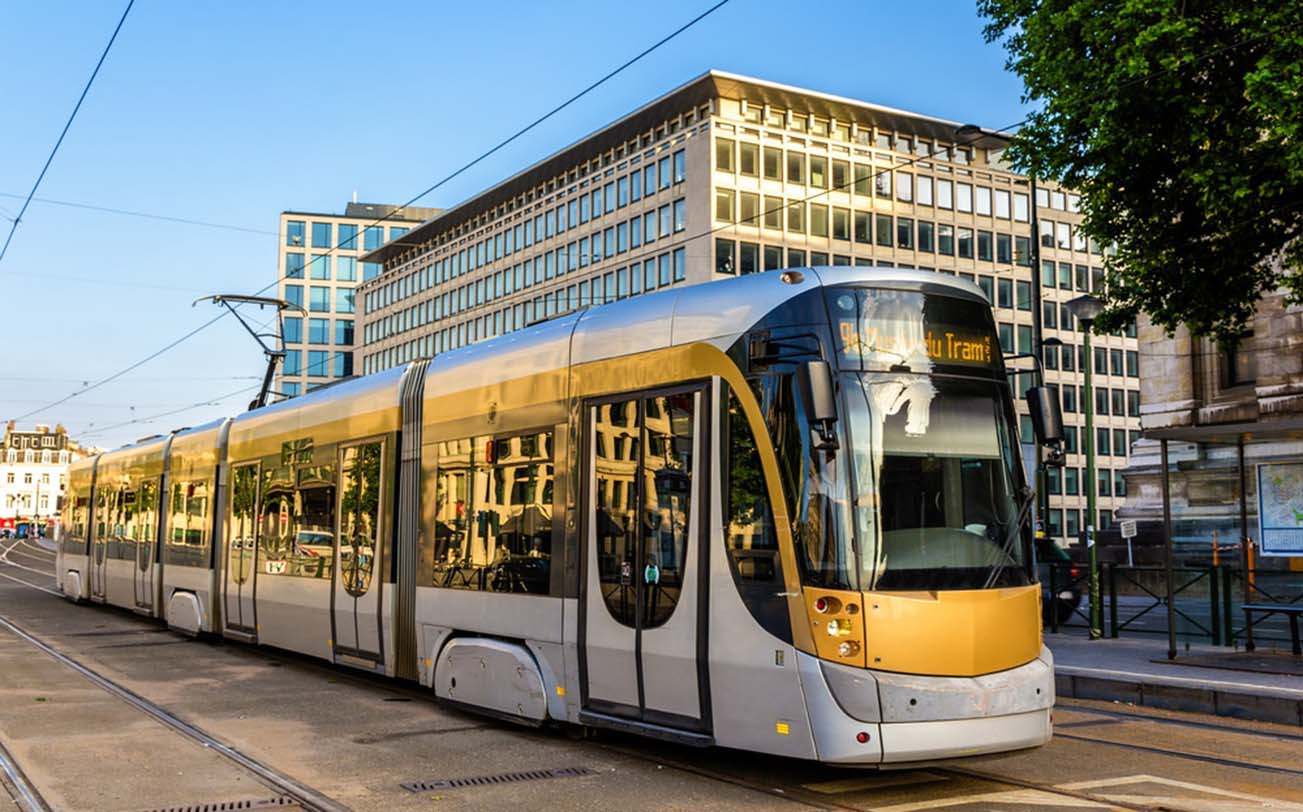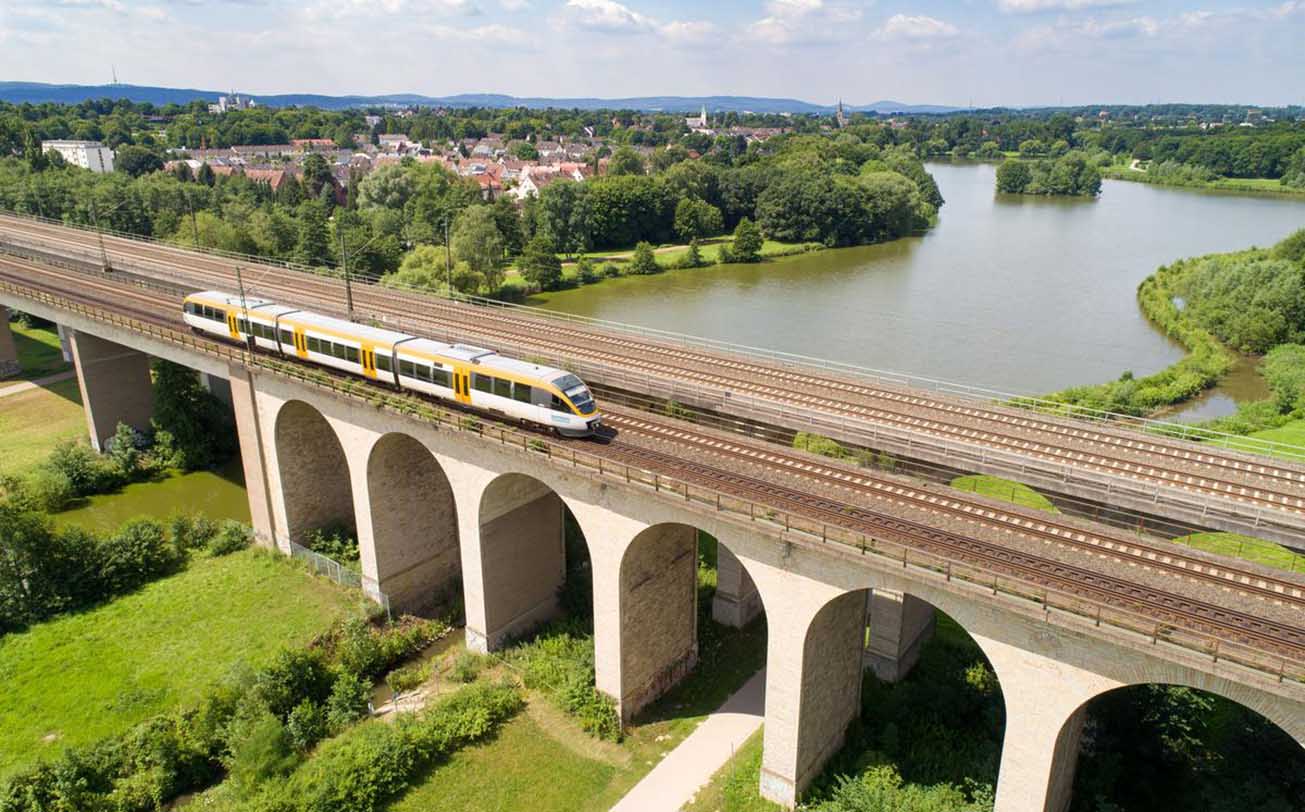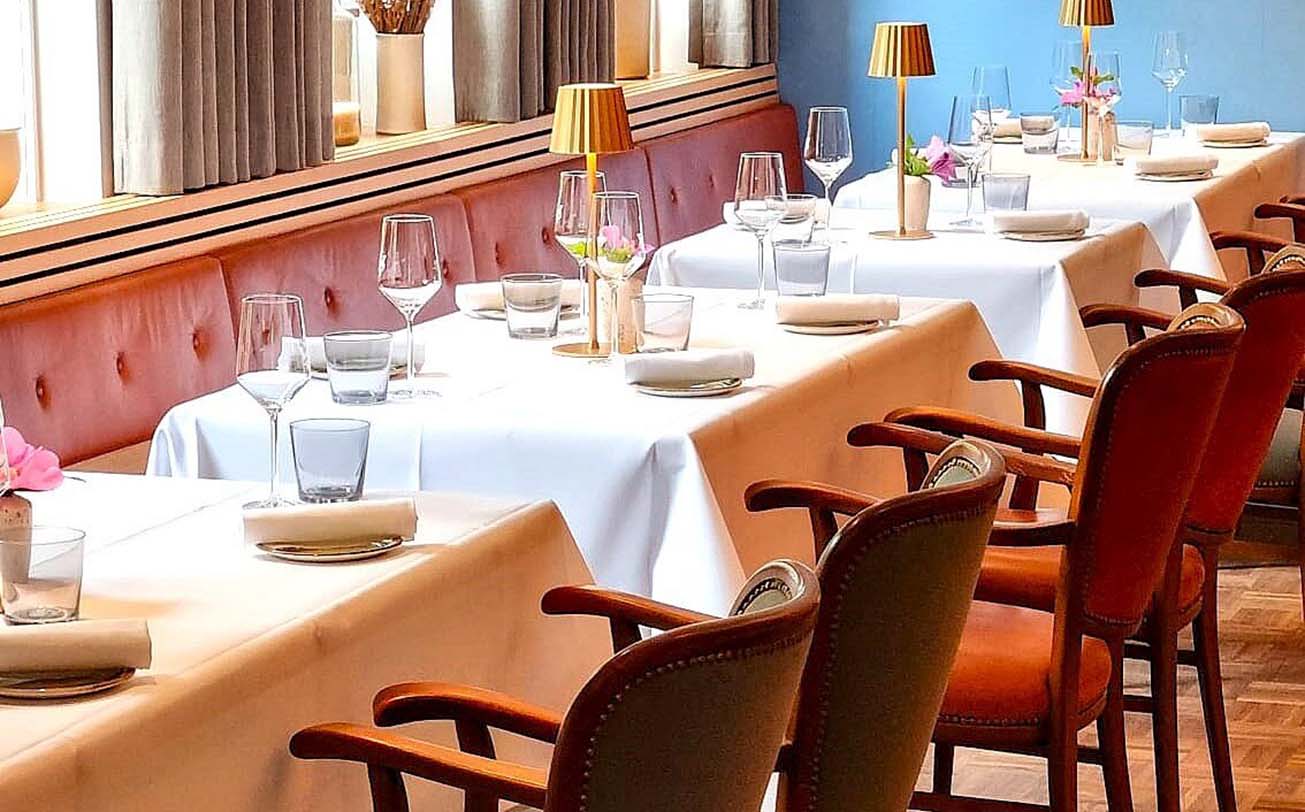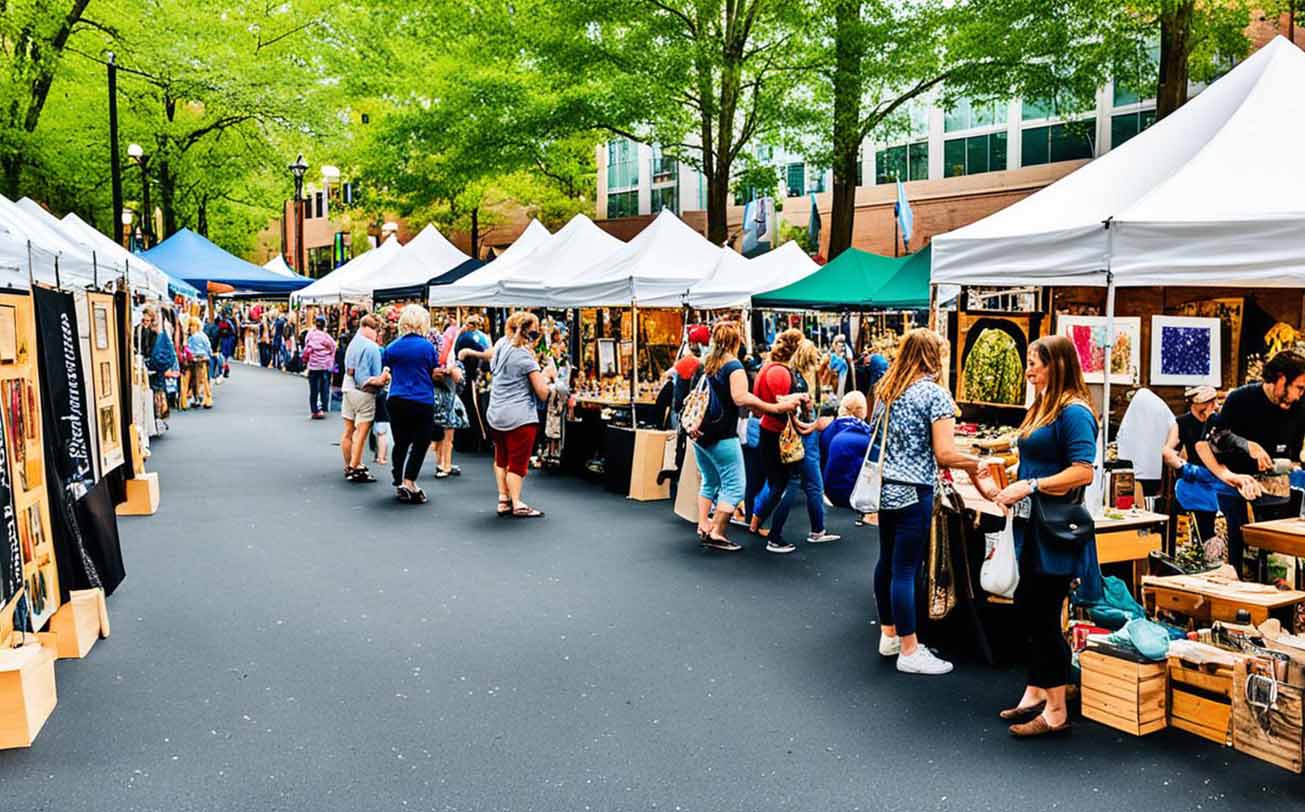Navigating a city as dynamic as Brussels can be both exciting and daunting, especially when you’re trying to make the most of your visit. Known for its rich history, diverse culture, and delicious cuisine, Brussels is a city where getting around efficiently can make a big difference in your overall experience. In this comprehensive guide, I’ll take you through the different public transportation options available in Brussels—buses, trams, and metro services—providing detailed insights into each mode of transport, their advantages, and how to use them effectively.
Brussels Public Transport
Brussels boasts a well-developed public transportation system managed by several operators, but the main network is run by the STIB/MIVB (Société des Transports Intercommunaux de Bruxelles/Maatschappij voor Intercommunaal Vervoer te Brussel). The STIB/MIVB oversees buses, trams, and metro services within the Brussels-Capital Region. There’s also a regional network known as TEC (Transport en Commun) and SNCB/NMBS (the Belgian National Railway Company) for train services that extend beyond the city limits.
Key Features to Know:
- Integrated Ticket System: You can use a single ticket for multiple modes of transport within a certain time frame, making it easier to switch between buses, trams, and the metro.
- Real-Time Information: The STIB/MIVB provides real-time updates on schedules and delays via their website, mobile app, and information screens at stations.
1. Buses: Flexible and Extensive Coverage
Brussels has an extensive bus network that covers the entire city and its suburbs. Buses are a convenient option for reaching areas not directly serviced by trams or the metro.
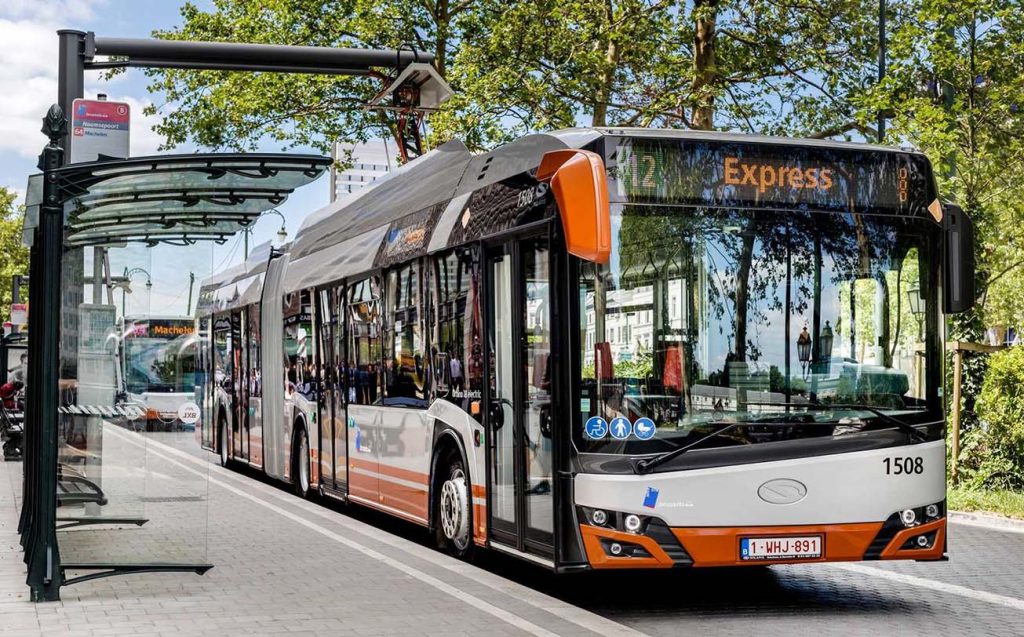
Advantages:
- Coverage: Buses cover areas that may not be reached by trams or the metro, including residential neighborhoods and suburbs.
- Frequency: Many bus routes run frequently, especially in central areas and during peak hours.
- Accessibility: Buses are generally accessible, with many equipped for passengers with reduced mobility.
Disadvantages:
- Traffic: Buses can be affected by road traffic, which may cause delays during rush hours.
- Speed: Buses are generally slower compared to the metro and trams due to frequent stops and traffic conditions.
How to Use:
- Find Your Route: Use the STIB/MIVB website or mobile app to find your bus route and schedule. Bus stops are marked with route numbers and information on their schedules.
- Buying Tickets: Tickets can be purchased from vending machines at metro stations, bus stops, or directly from the driver (though this might not always be possible). You can also use a contactless payment card.
Personal Experience:
During my visit, I took a bus to explore the neighborhoods outside the city center. I found the bus system efficient for reaching less accessible areas like the picturesque suburb of Ixelles. However, be prepared for potential delays due to traffic, particularly during peak times.
2. Trams: Scenic and Efficient
Trams in Brussels are a popular choice for many locals and tourists due to their efficiency and scenic routes. They cover a significant portion of the city and provide a smooth ride through various neighborhoods.
Advantages:
- Scenic Routes: Trams often pass through picturesque parts of the city, offering a pleasant way to see Brussels.
- Reliability: Trams generally run on dedicated tracks, reducing delays caused by road traffic.
- Frequency: Many tram lines have frequent service, especially during the day.
Disadvantages:
- Limited Coverage: While trams cover many central and suburban areas, some parts of the city may be better served by buses or the metro.
- Overcrowding: Trams can become crowded during peak hours, particularly on popular routes.
How to Use:
- Find Your Tram: Tram stops are well-marked with route numbers and schedules. Use the STIB/MIVB app or website to check tram routes and times.
- Buying Tickets: Tickets can be purchased from vending machines at tram stops, metro stations, or via the STIB/MIVB mobile app. Validate your ticket before boarding.
Personal Experience:
One of my favorite experiences in Brussels was taking a tram along Avenue Louise. The scenic route provided a relaxed and enjoyable way to see the city. The trams were clean and punctual, making it a reliable choice for getting around.
3. Metro: Fast and Convenient
The Brussels metro system is one of the fastest ways to get around the city, providing a quick and efficient way to travel between key areas.
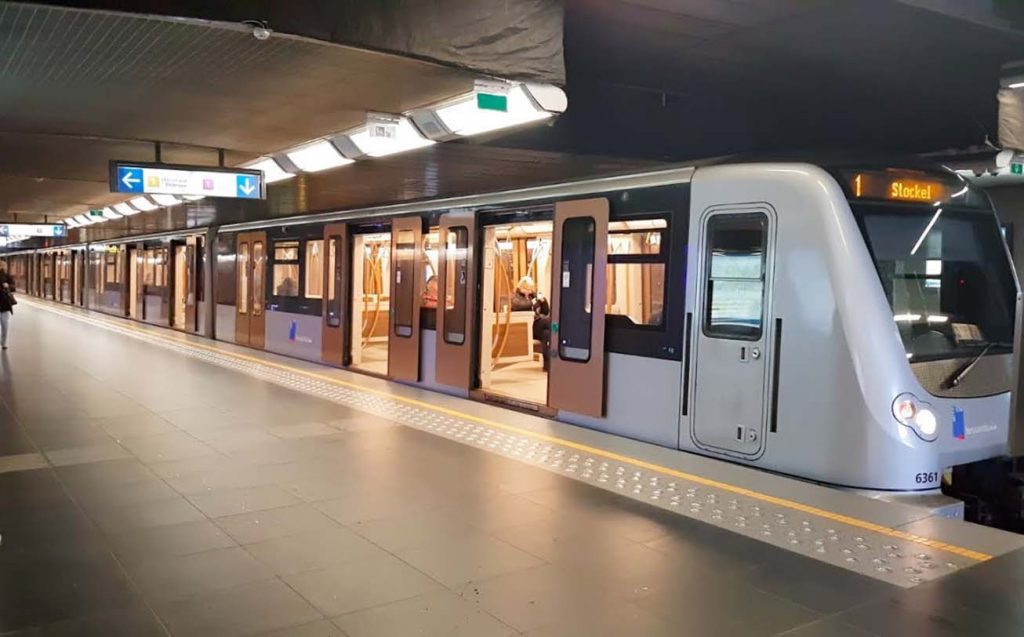
Advantages:
- Speed: The metro is faster than buses and trams, especially during peak hours when road traffic can be a significant issue.
- Coverage: The metro network covers central Brussels and connects to many important landmarks and neighborhoods.
- Frequency: Trains run frequently, with reduced wait times compared to buses and trams.
Disadvantages:
- Limited Reach: The metro network does not cover all areas of Brussels, particularly in the suburbs.
- Crowds: Metro trains can be crowded during rush hours, especially on popular lines.
How to Use:
- Navigating the Network: The metro network is straightforward, with clear maps available at stations and online. Use the STIB/MIVB app or website to plan your journey.
- Buying Tickets: Tickets can be purchased from vending machines at metro stations. Consider buying a multi-ride pass if you plan to use the metro frequently.
Personal Experience:
The metro was my go-to option for traveling between major tourist spots and getting around quickly. I particularly appreciated the efficiency of the metro when exploring the city’s more distant attractions, such as the Atomium and the Royal Palace. The trains were clean and well-maintained, and the signage was clear, making navigation straightforward.
Comparing the Options: When to Use Each Mode
1. Buses:
- Best For: Reaching areas not covered by trams or the metro, or when exploring neighborhoods not directly accessible by the other options.
- Avoid During: Peak traffic hours, as buses can be delayed by road congestion.
2. Trams:
- Best For: Scenic routes and when traveling through central and suburban areas that are well-served by tram lines.
- Avoid During: Rush hours if you prefer a less crowded experience.
3. Metro:
- Best For: Fast travel between major points of interest and central locations.
- Avoid During: Peak hours if you’re sensitive to crowded conditions.
Tips for Using Brussels Public Transport
1. Get a Transport Pass:
If you plan to use public transport frequently, consider purchasing a transport pass. The STIB/MIVB 10-Trip Ticket or the Brussels Card offers unlimited travel for a set period, which can be cost-effective and convenient.
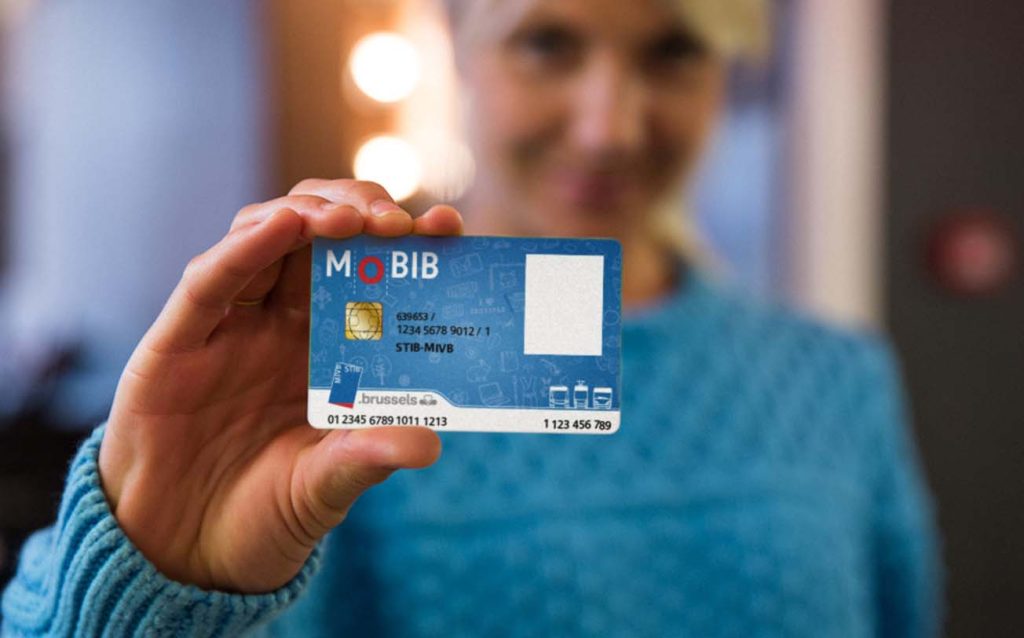
2. Plan Ahead:
Use the STIB/MIVB app or website to check schedules and plan your routes. Real-time updates can help you avoid delays and make your journey more efficient.
3. Mind Your Belongings:
Like any major city, be mindful of your belongings and stay alert, especially in crowded areas and on public transport.
4. Validate Your Ticket:
Ensure you validate your ticket before boarding the bus, tram, or metro to avoid fines. Validation machines are available at the entrance of metro stations and at some tram and bus stops.
5. Language Considerations:
While many people in Brussels speak English, it’s helpful to know a few basic phrases in French or Dutch, as these are the main languages spoken in the city.
Getting around Brussels is relatively straightforward with the city’s efficient public transport system. Buses, trams, and the metro each offer unique advantages depending on your destination and preferences. By understanding the features and benefits of each mode of transport, you can navigate Brussels with ease and make the most of your visit.
From the scenic tram rides to the speedy metro and extensive bus network, Brussels provides a variety of options to suit your travel needs. Whether you’re exploring historic sites, enjoying delicious Belgian chocolate, or discovering hidden gems, efficient transportation will help you enjoy all that this vibrant city has to offer.
